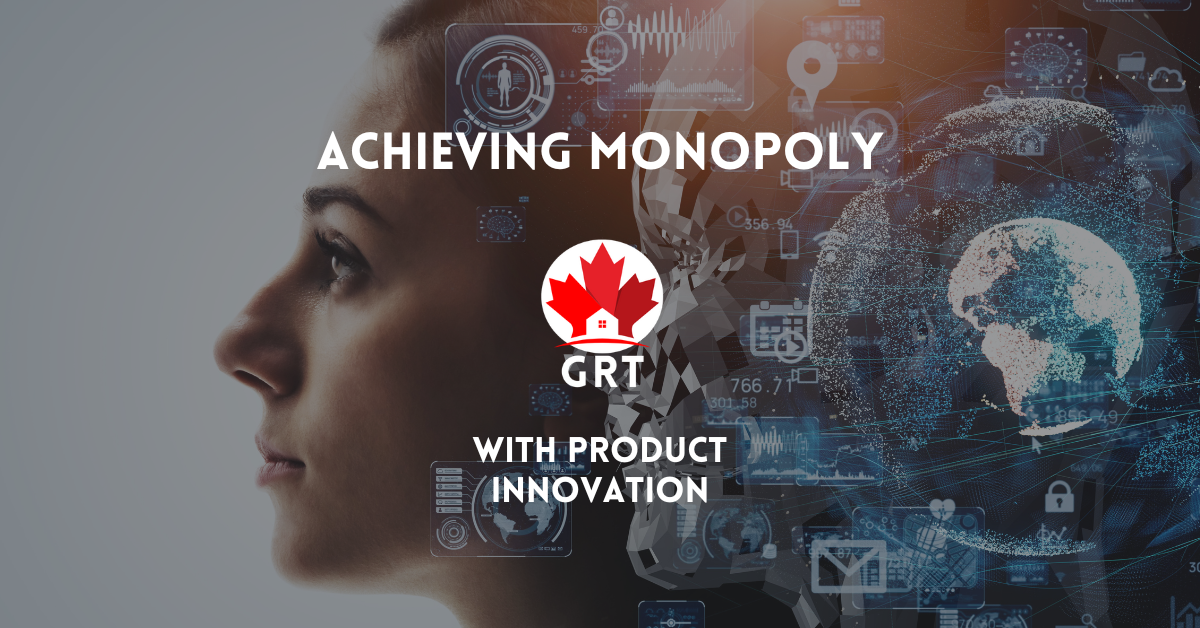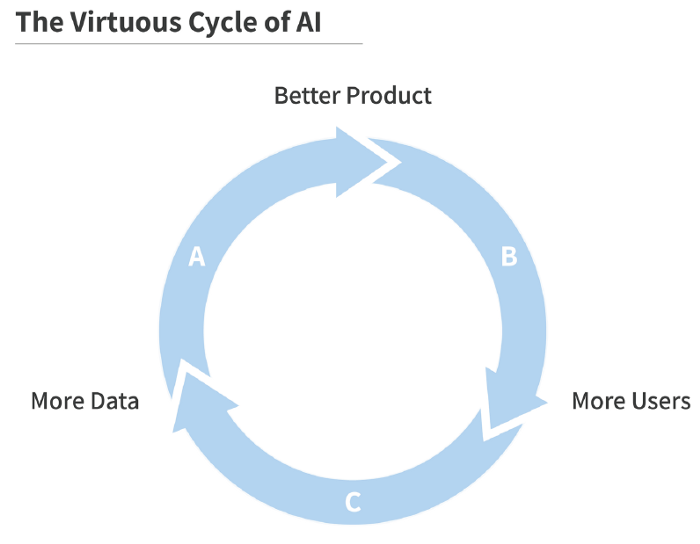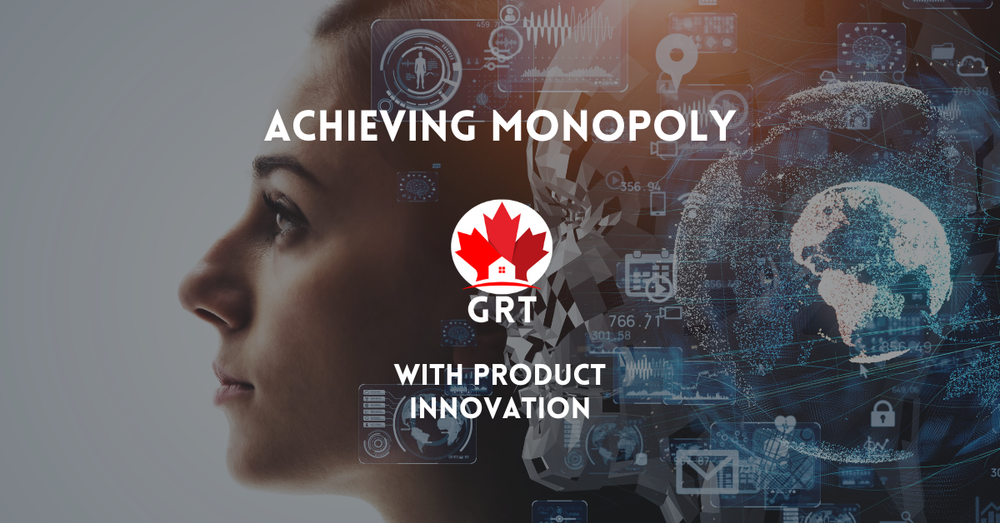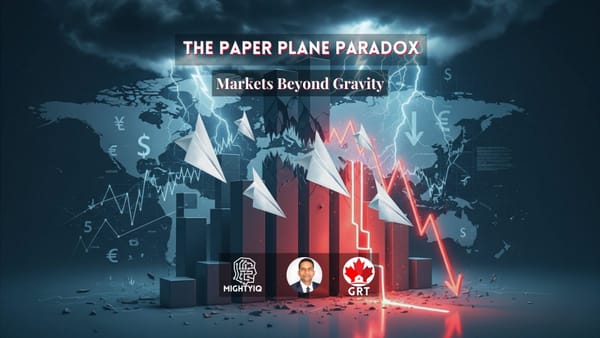Achieving Monopoly - Product Innovation

Monopoly is the condition of every successful business. - Peter Thiel
In order to achieve monopoly - we need to create something very new - something that can not be copied. We need to go Zero to One through Vertical progress involving innovation - that means we need to come out with something that has never existed before.
Zero to One by Peter Thiel is one of my favorite books.
While the pursuit of creating something very new or achieving a monopoly in a specific business requires businesses to build products that are innovative and have got a technological advantage over competitors.
Companies that have achieved monopoly have got innovation at the heart of their business. For example, Google succeeded as a leading search engine over its competitors because of the reason - they approached solving the search engine industry differently - they innovated the approach that has led them to become a monopoly in their industry. Similarly, Apple has innovated with iPhone.
These examples reiterate the fact that creating innovative products and thereby achieving monopoly will result in the making of strong brands. Some of the main advantages for businesses reaching monopoly include:
- Innovative products command higher prices
- Customer loyalty
- Increased market share
- Increase in brand value - as an innovative business
As a product management professional, I am fascinated by the role of innovation in building products. According to a study published by the consulting company - McKinsey, AI (Artificial Intelligence) technology will be creating an additional $13 Trillion of value per year between now and 2030.
Stanford Adjunct Professor Andrew Ng claimed in his playbook on AI transformation, that businesses can build better products using the power of Artificial Intelligence.

The Virtuous Cycle of AI - Andrew Ng
In his playbook, Andrew has presented the virtuous cycle of AI. Which highlights the process involved in building better AI-driven products. At the heart of a successful product powered by artificial intelligence - there is Machine Learning driven by algorithms running on systems that are programmed to learn repetitive tasks in a certain manner like going from point A to point B.
If our product is innovative - then it will result in finding adoption among more users. More users using a particular product will result in generating more data. More data we have from a product will eventually result in better products.
Andrew’s guide can be found on the following link: AI Transformation Playbook.
On that front, product management professionals - need to evaluate business use cases to ensure data that is given to ML systems is free from any kind of bias which is essential for making informed and better decisions over time.
Artificial Intelligence and Machine Learning processes are not really ideal in cases:
- When the problem can be solved by simple rules.
- Machine Learning relies heavily on the data that is fed into its systems. More data will result in better products - but ML may not give us 100% accuracy.
- If the product does not adapt to new data.
There is a growing trend leading us to AI & ML - trying to transform every industry. While this trend is inevitable, I believe that based on the information that is available to us - we should decide when it is the right time for introducing AI/ML for improving products.
On that front, Artificial Intelligence and Machine Learning are bound to grow exponentially in the years to come. At the same time, there will still be room for humans - who are agile and creatively driven to take up new challenges. This trait is very unique to humans and machines may not possibly be able to take that away from us.
Moreover, as Andrew Ng has suggested in his playbook “for a company to become great at AI, they will have to organize their companies to do the things that AI lets them do really well”.
Through this article, I tried to articulate different scenarios for Artificial Intelligence and Machine Learning is the success of any business that is trying to build innovative products. In order to become a monopoly, businesses should find ways to innovate with their products that is to go from Zero to One.
I am a product management professional based in Halifax, Canada and I write about technology, innovation, entrepreneurship, and business strategy. You can learn more about me at the following link: https://iamgrt.com


